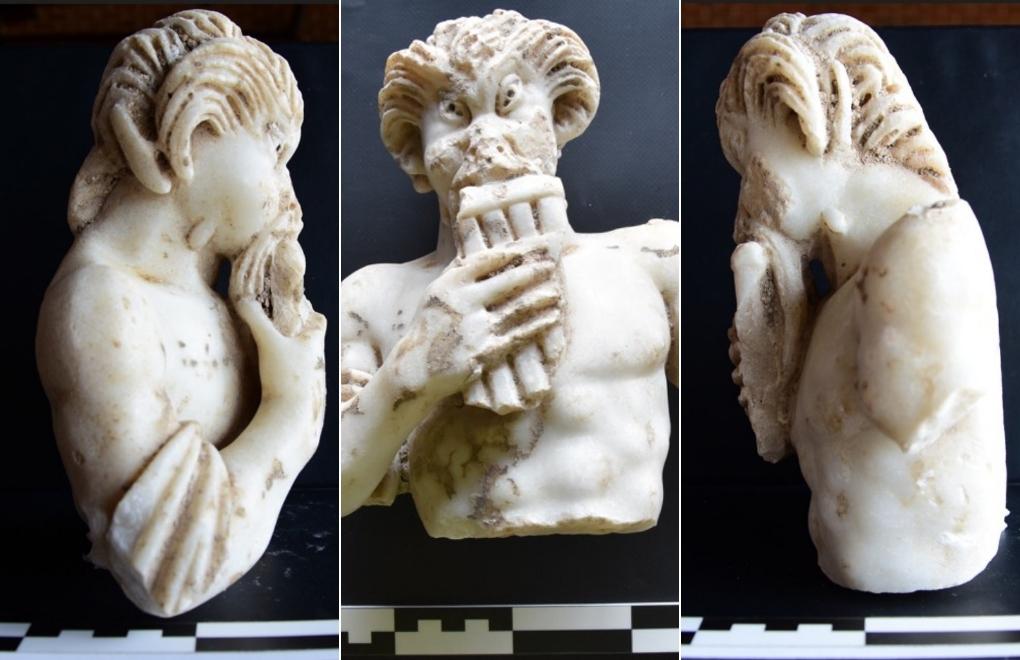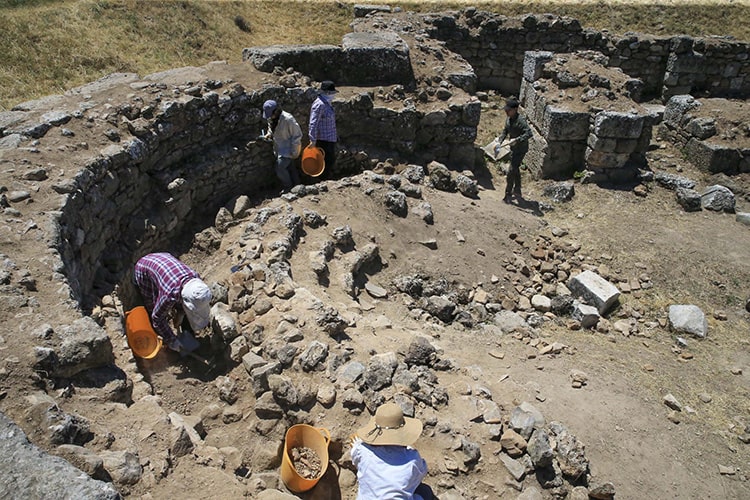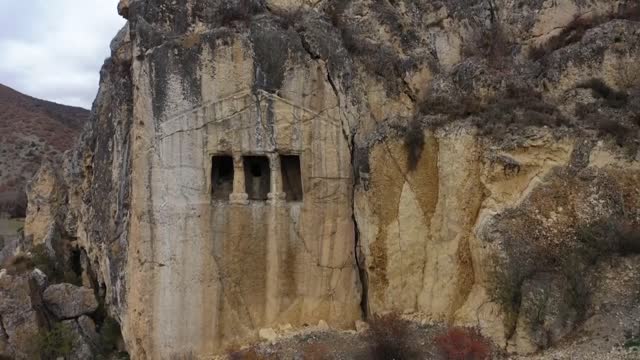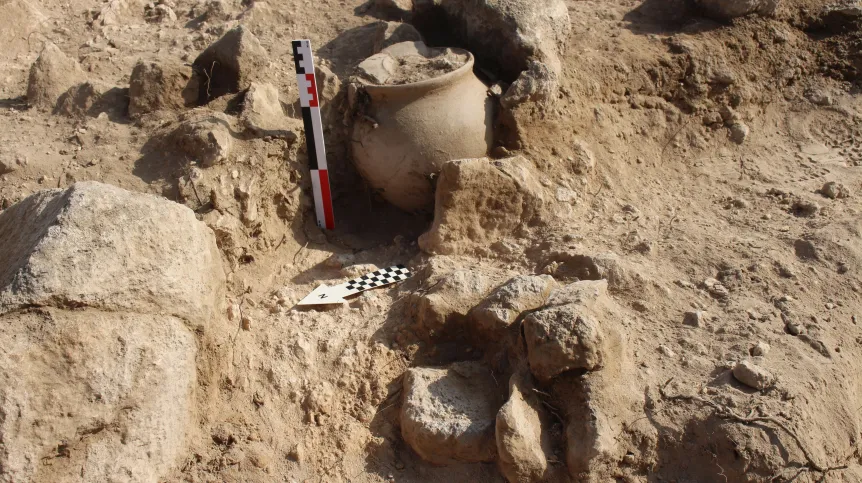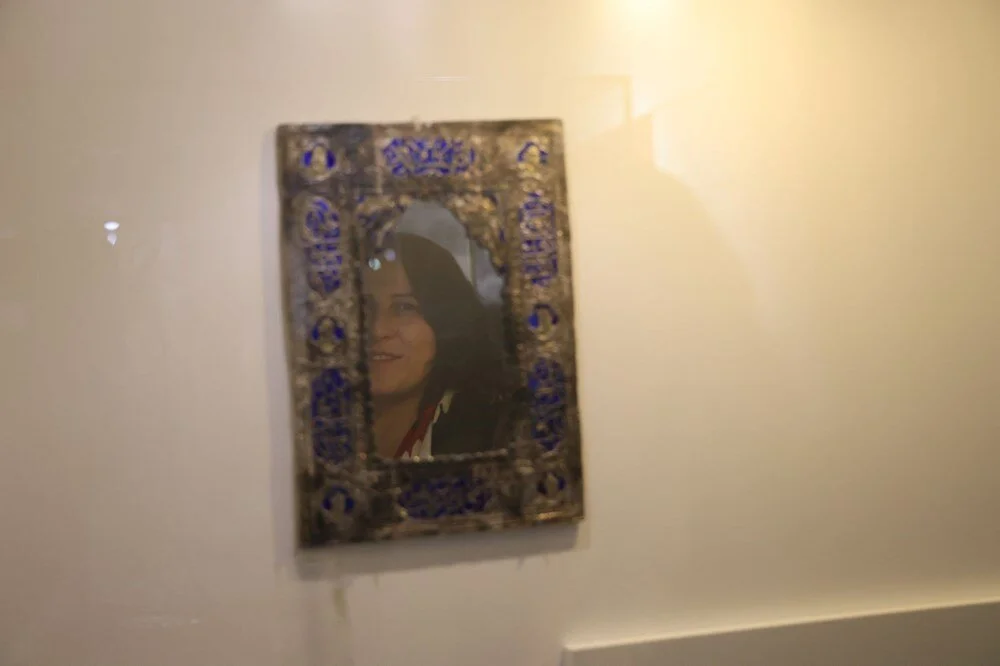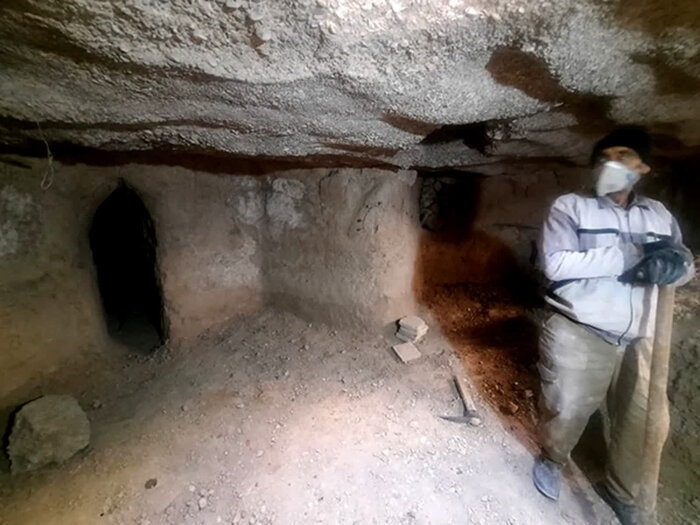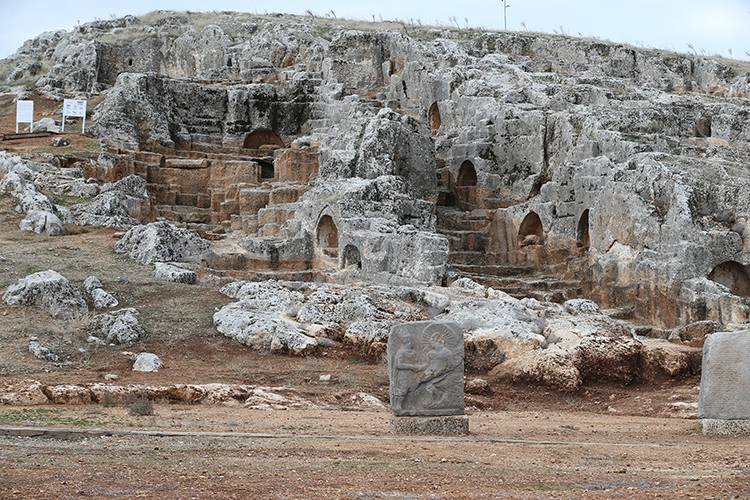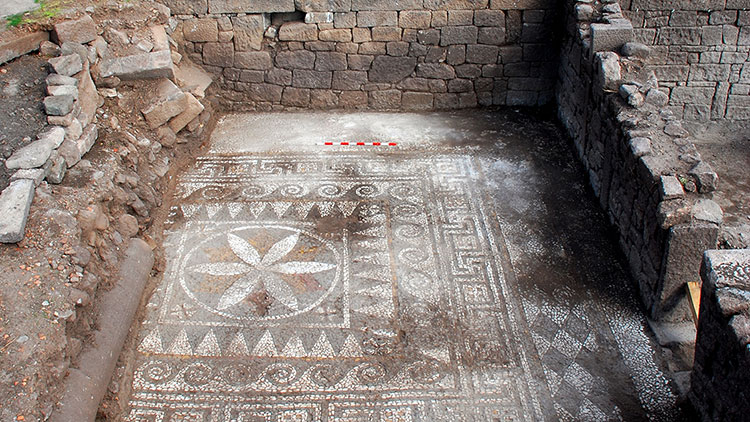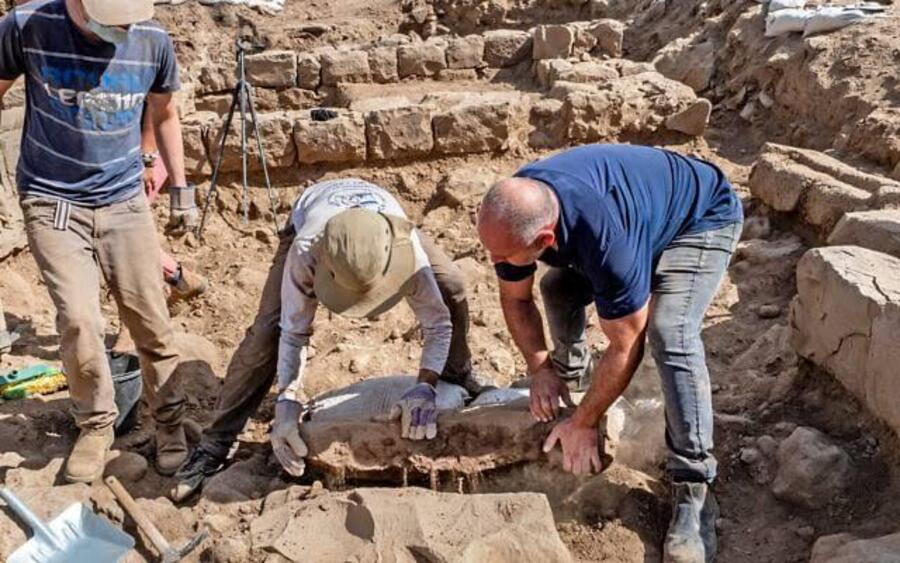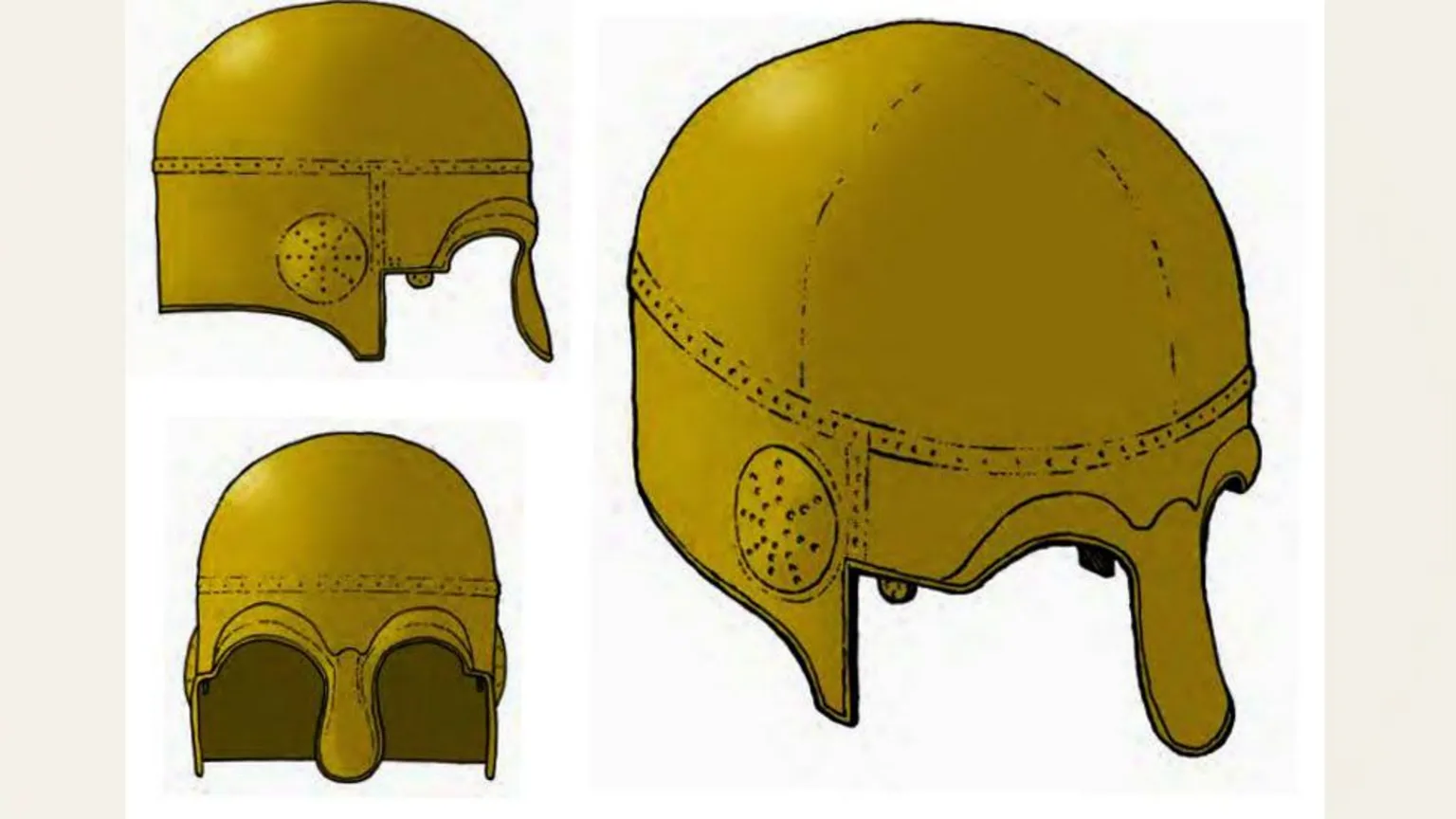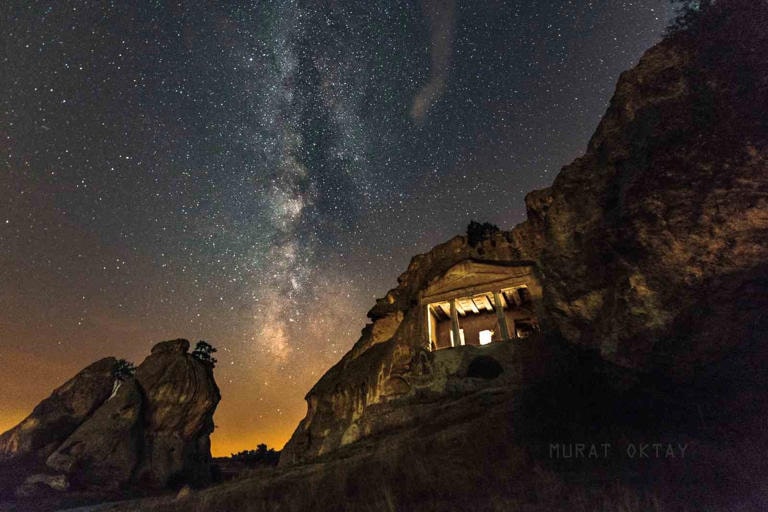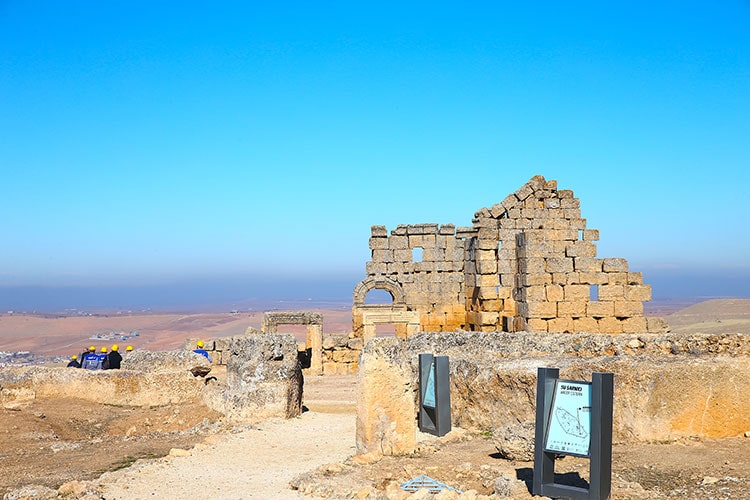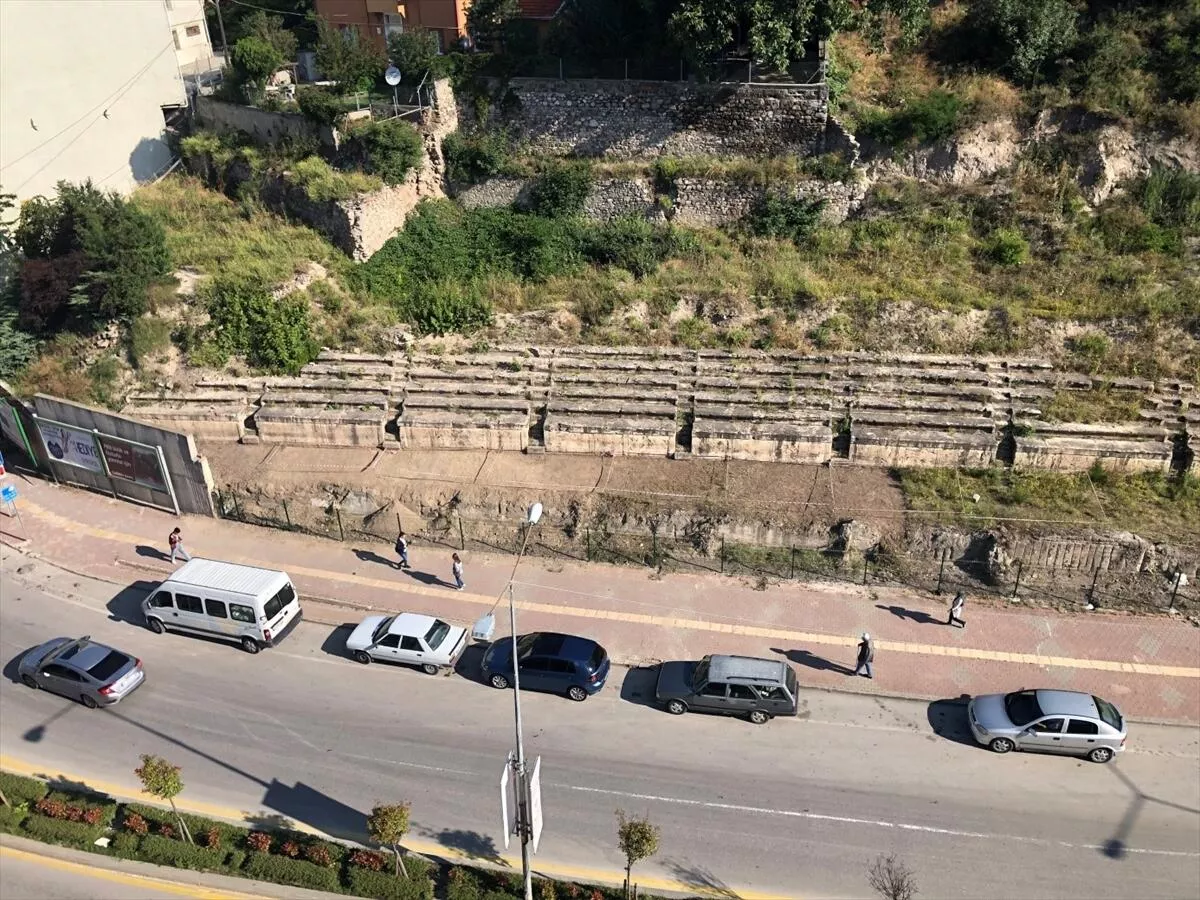A treasure hunter claims to have located the site of the First Council of Nicaea, a pivotal event in Christian history
Mustafa Uysal, a treasure hunter in Bursa, has made a striking claim, announcing his discovery of an underground city in the Orhangazi district. According to Uysal, this discovery indicates that the First Council of Nicaea, a significant event in Christian history, was actually convened in this underground city, contrary to traditional historical understanding. Stating that






